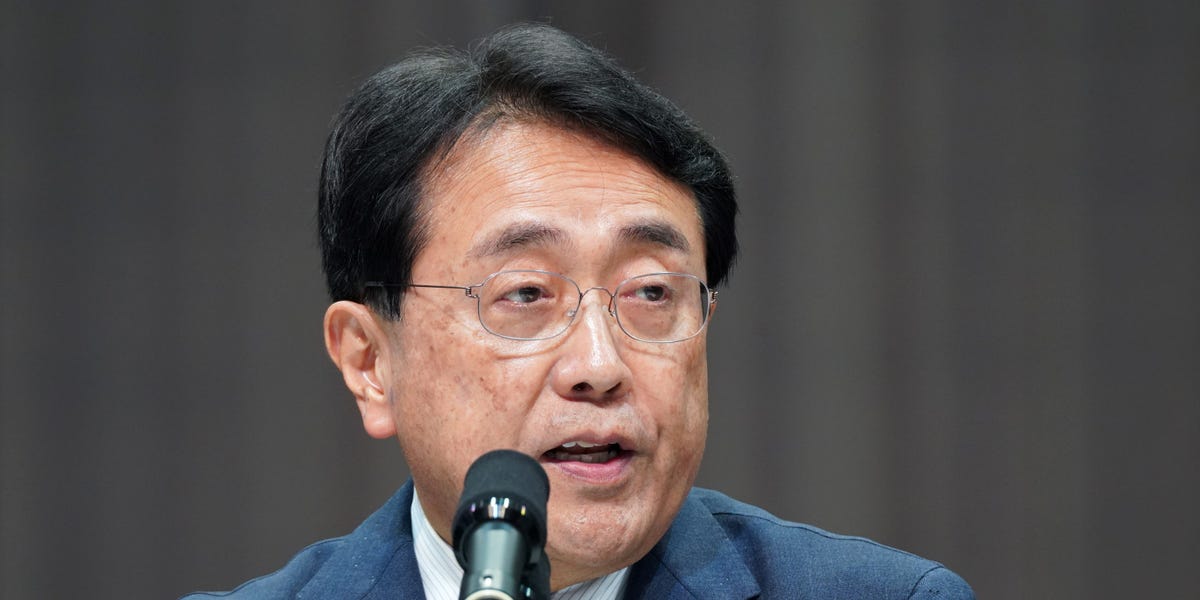Trade Breakthrough: Japan Signals Imminent Tariff Relief in US-Japan Economic Showdown

In a promising development for bilateral trade relations, Japan's chief tariff negotiator revealed an optimistic timeline for reducing trade barriers with the United States. According to the official, the US is set to lower tariffs on Japanese goods by September 16, potentially marking a significant milestone in economic cooperation between the two nations.
Currently, Japanese products face a 15% tariff rate when entering the US market. The anticipated reduction could provide a substantial boost to Japanese exporters and signal a more collaborative approach to international trade. This move is expected to make Japanese goods more competitive and potentially stimulate increased economic exchange between the two countries.
The upcoming tariff reduction represents a positive step towards fostering stronger economic ties and mutual economic benefits for both Japan and the United States.








